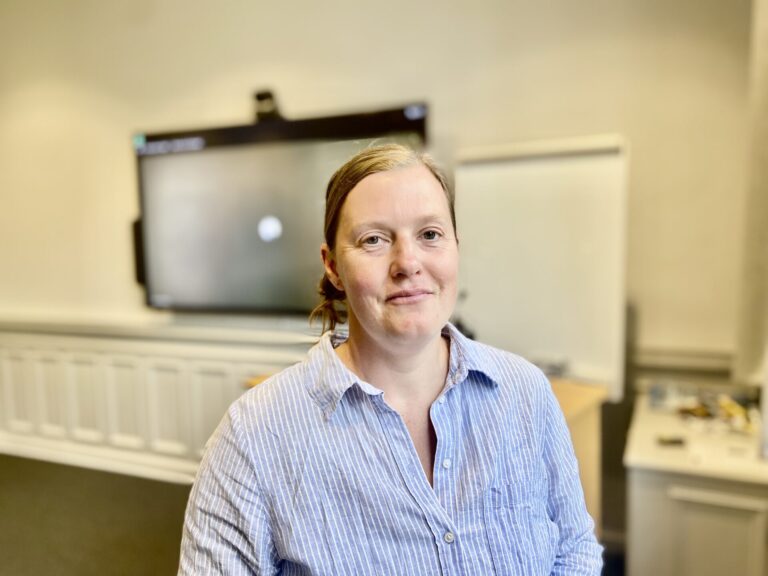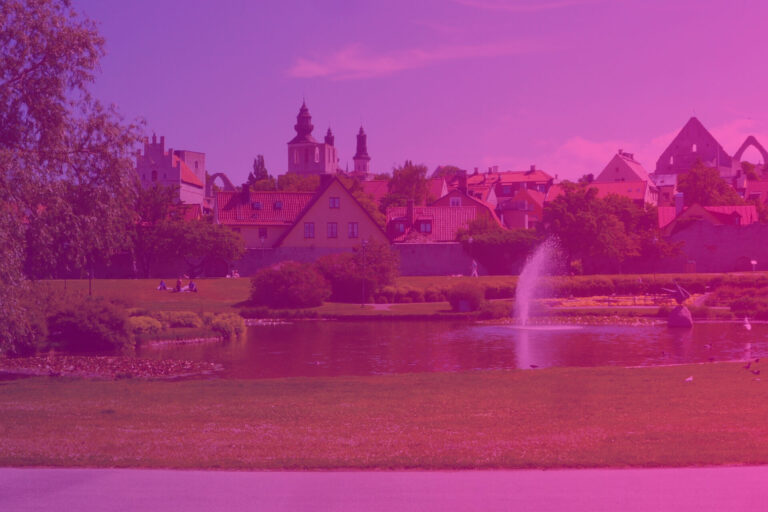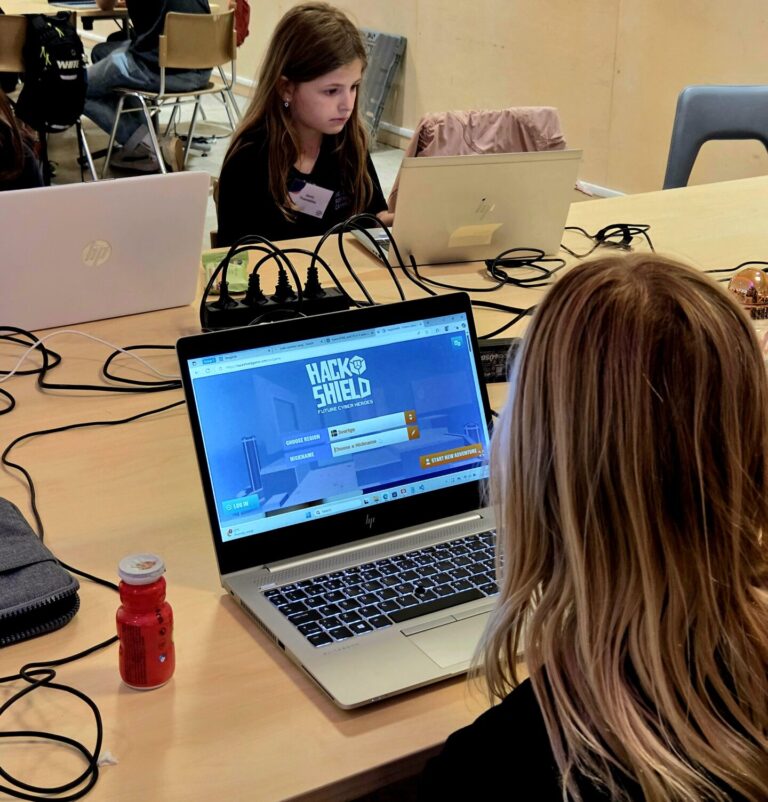With extensive experience in Swedish innovation policy as well as driving processes for increased growth and competitiveness in knowledge-intensive companies, Lena Miranda is now entering her 10th year as CEO of Linköping Science Park. In recent years, she has served as the Chairperson of the Swedish industry organization for science parks and incubators and has been a member of the Prime Minister’s innovation council. Now, she takes on the role of Chairperson for the international industry organization IASP, the International Association of Science Parks & Areas of Innovation.
IASP is an industry organization that gathers science parks, areas of innovation and other forms of innovation hubs from around the world. The organization has more than 300 members from over 80 countries. Linköping has been a member since its inception in 1984, building a global network with other innovation environments to which Linköping can connect entrepreneurs and businesses to.
– My predecessor, Sten-Gunnar Johansson, built a large and strong global network, which I have had the privilege to manage and develop in my role. It’s a context where we share experiences and inspire each other, strengthening the conditions for positive development at home.
In September, the industry association’s annual global conference was held in Luxembourg, and during the concluding general meeting, Lena Miranda was elected Chairperson. She had previously served two years as Vice Chairperson and two years as Chairperson of the European division. As Chairperson, she becomes the first Swedish representative in the position and the second female Chairperson in the history of the industry organization.
– It feels significant in several ways. It is not only a testament to Sweden as an innovation nation that we hold the Chairpersonship but also in terms of progress in gender equality within our industry. Much has happened during the decade I have had the privilege to work in this context.
Lena mentions that through her involvement in the industry association, she has had the opportunity to visit innovation environments in European countries such as Spain, Iceland, and the United Kingdom, as well as non-European countries like China, Iran, and Turkey.
– It provides invaluable insights into how innovation environments can be organized and filled with value-added offerings, as well as how they can be funded and the results they contribute to. Science Parks are, in many places around the world, driving forces for both innovation and broader societal transformation. We are more alike than we might think. What differs are the contexts, environments, and conditions – but we all have much to learn from each other.
The past few years have been marked by a pandemic, war, and an escalating climate crisis. And the geopolitical situation challenges an organization with a global platform. In these times, Lena emphasizes, it is more important than ever to maintain networks, especially the global ones.
– We can take the vaccine as an example. In less than a year, the vaccine was developed and rolled out globally. It would not have been possible without collaboration. No individual, company, or even a single country could have achieved it alone. It required global cooperation to get there. The climate crisis will also require global collaboration to find the best solutions and implement them on a broad scale worldwide.
– I cannot stress enough the importance of higher education, research, and innovation maintaining bridges in the world when politics erect boundaries. Coming together globally to face future challenges creates hope and optimism, especially among the younger generation.
She doesn’t yet know how the mission will take shape, but as an initial step, she will represent the organization at the World Investment Forum, where she will participate in roundtable discussions on the contributions of innovation environments to sustainable development and innovation, as well as industry digitization and the future.
– I look forward to participating in this context. The significant, complex challenges we face require new constellations of collaboration. There is dynamism in blending groups and introducing new and diverse perspectives on existing problems. Often, it’s at the intersections, the points of convergence, where magic happens. We must be open and receptive to new perspectives and solutions to promote positive development.
Lena highlights the opportunity, through this global platform, to expand the channels for knowledge exchange and future collaboration with more innovation environments around the world.

